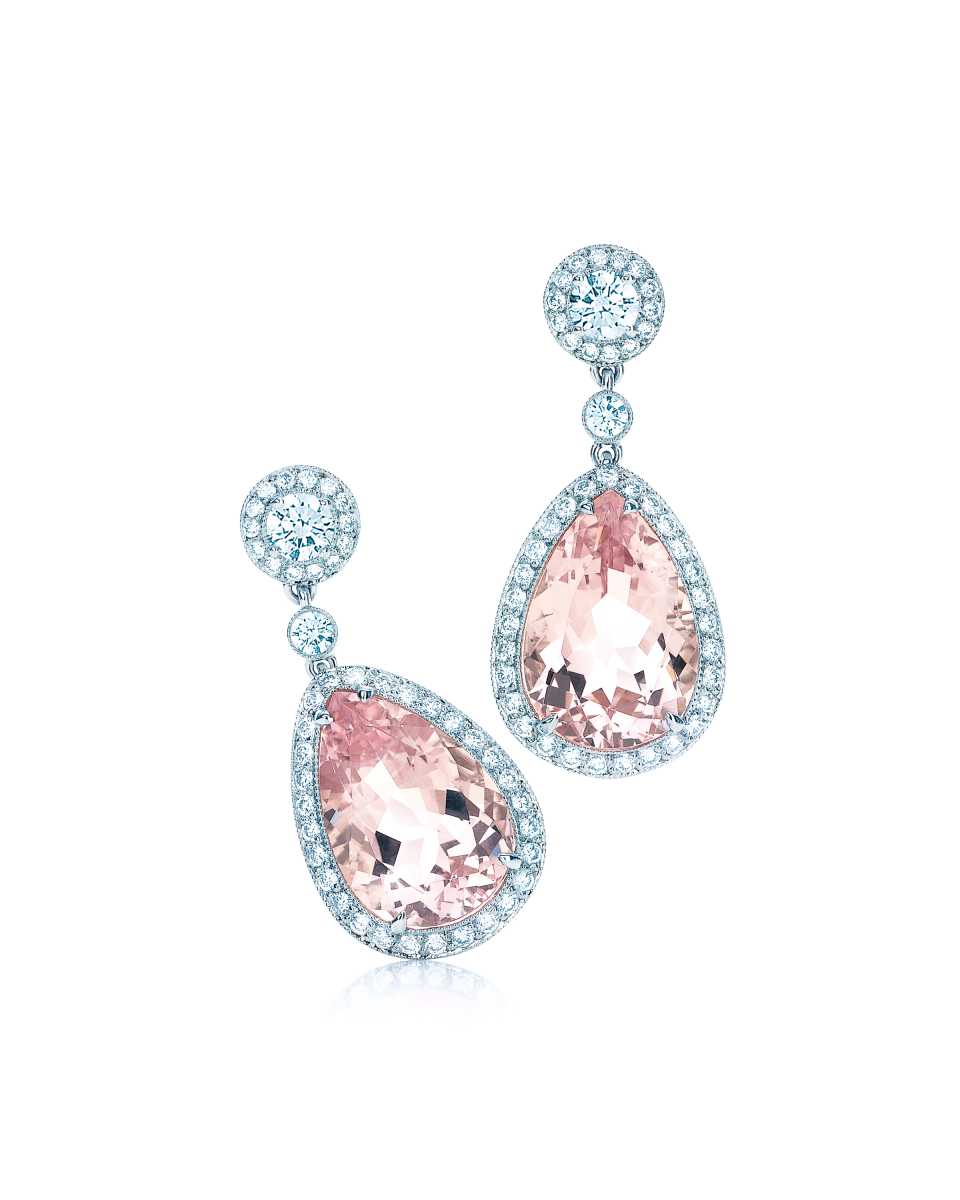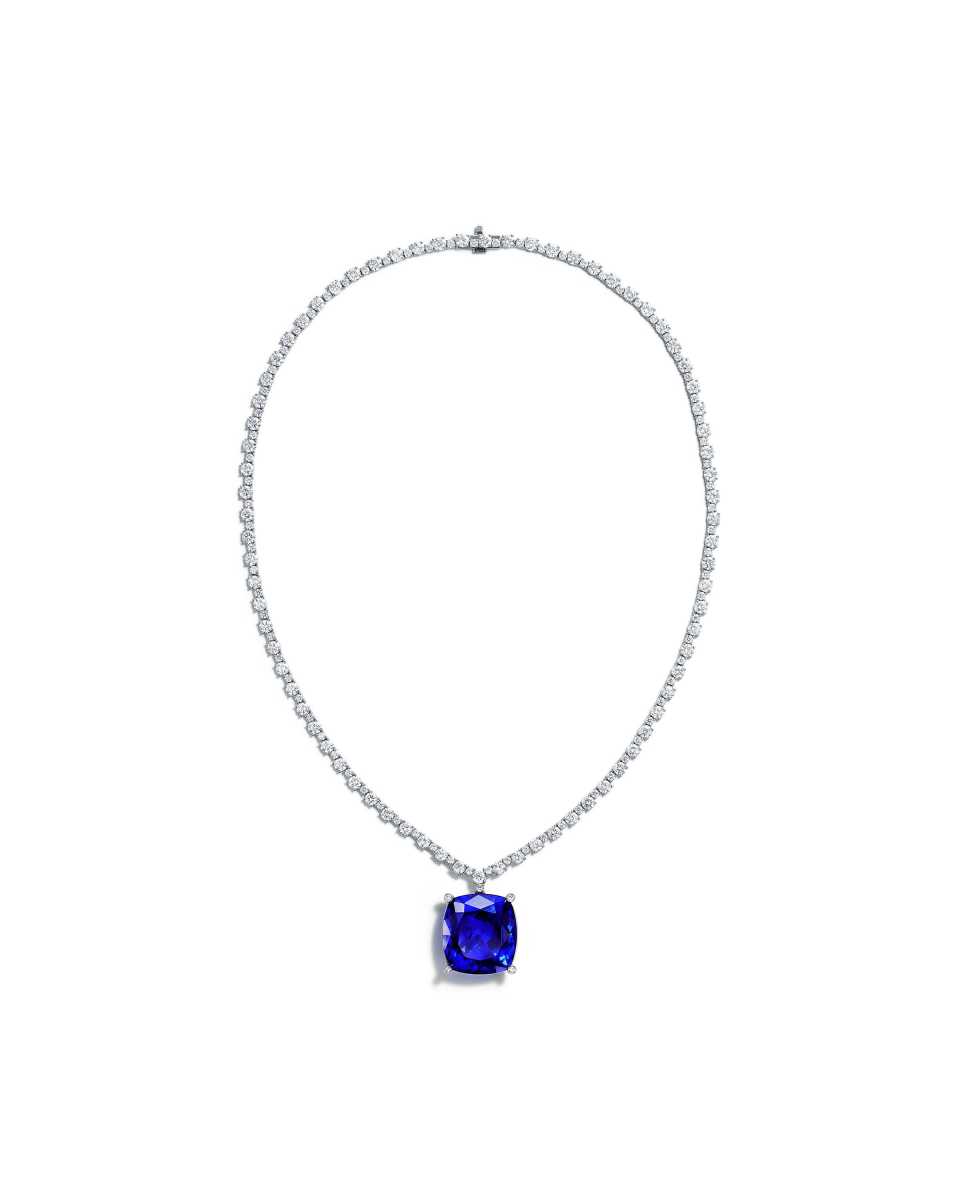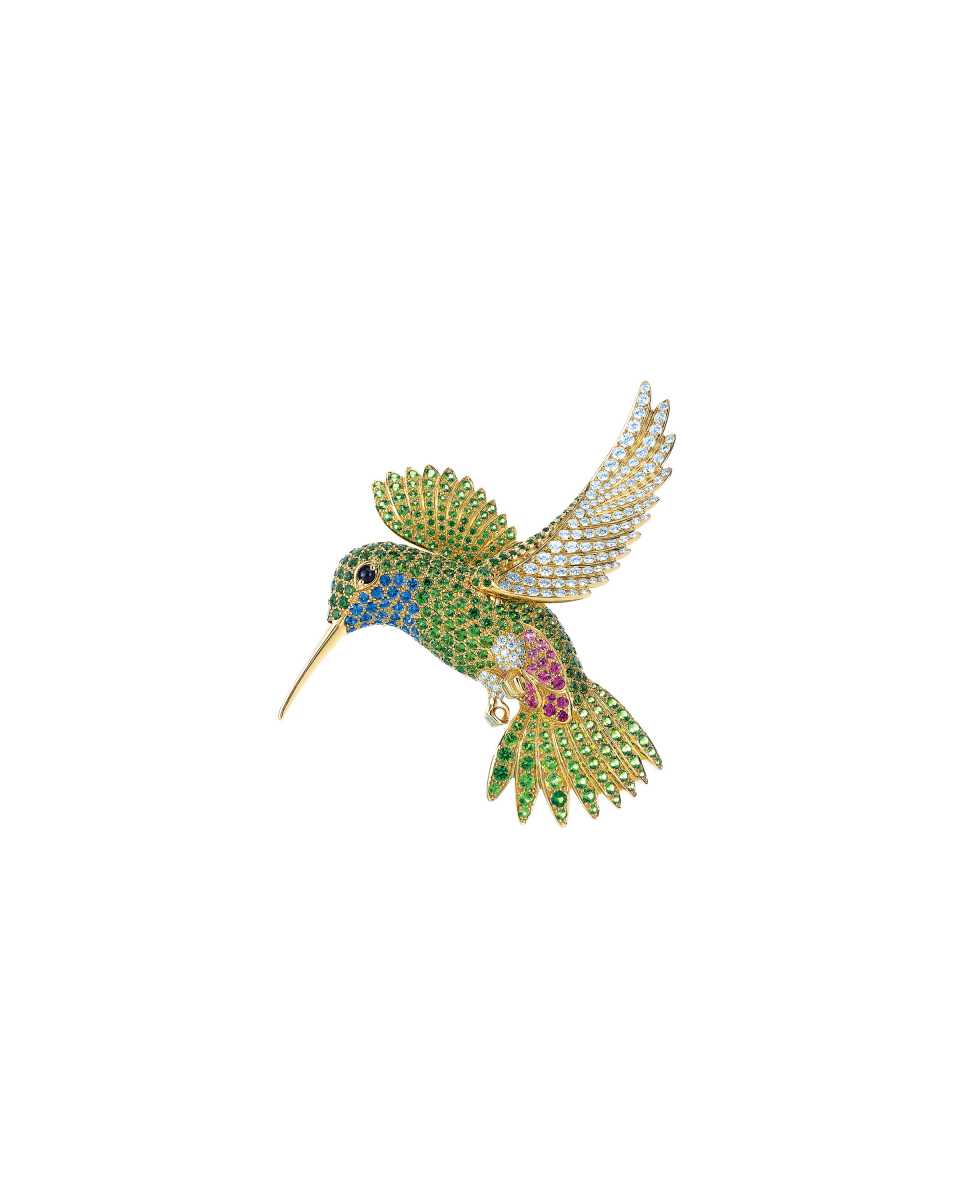Colored Gemstones 101: A Legacy of Discovery by Tiffany & Co.
By Huiming_Shi Monday, 20 April 2020 11:07 AM

We are certainly no stranger to the beautiful things from the New York jewelry house, Tiffany & Co. and as a nod to the ‘King of Diamonds’ himself, founder Charles Lewis Tiffany, we will dive into the world of radiant gems and brush up your gemstone lexicon. The house has been curating incredibly rare colored stones and meticulously crafting them into some of its most enduring designs since the mid-19th century.
Dazzling Discoveries
Fueled by Charles Lewis Tiffany’s passion for acquiring rare and unusual gemstones, Tiffany & Co. has a longstanding legacy of discovery and exploration. The diamonds and colored stones he and his gemologists procured played a major part in establishing the company’s reputation as a world-renowned jeweler and has placed the brand as a leader in the industry.
Prior to the mid-19th century, colored gemstones were rarely used in American jewelry. All that changed in 1876 when a young gemologist, Dr. George Frederick Kunz, sold an exceptional tourmaline to founder Charles Lewis Tiffany. Soon after, Dr. Kunz joined the company and embarked on a lifelong quest for the most extraordinary gemstones for Tiffany’s clientele. The treasures unearthed by Kunz formed the world’s greatest collection of gemstones, including exotic yellow beryl, demantoid (green) garnets and luminous aquamarines. Kunz was equally passionate about American gemstones, adding Montana sapphires, Maine tourmalines, and garnets and topazes from Utah to Tiffany’s burgeoning vault. Tiffany’s legacy of discovery continued well into the 20th century.
A Quest for Beauty
Kunzite
Around 1902, Dr. George Frederick Kunz, Tiffany & Co.’s chief gemologist, was sent specimens of the lilac pink mineral spodumene from the White Queen mine near Pala, California. In September 1903, a fellow gemologist proposed the name kunzite for the gemstone in honor of Kunz, the man who made beautiful gems his enduring passion.

Morganite
Financier John Pierpont Morgan, a leading figure of America’s Gilded Age, was a major collector of colored gemstones and a devoted Tiffany customer. He commissioned Tiffany & Co.’s Dr. Kunz to assemble several important collections of gems, which he eventually donated to the American Museum of Natural History. In recognition of Morgan’s patronage and support, Tiffany named a violet pink beryl discovered in Madagascar morganite and introduced it to the world in 1910.

Tanzanite
In the 1960s, a unique transparent blue stone was found at the foothills of Mount Kilimanjaro, in Tanzania. Tiffany named the stone tanzanite after its country of origin and the only known source of the stone. Introduced by Tiffany in 1968, this exceedingly rare gemstone is celebrated for its rich ocean blue color touched with shades of violet and the midnight sky.

Tsavorite
In 1970, Africa yielded another incredible find with the discovery of a glistening green gemstone at Tsavo National Park near the border of Kenya and Tanzania. The company took an immediate interest, identifying it as a very rare type of garnet distinguished by an intensely rich hue. Henry B. Platt, then president of Tiffany, named it tsavorite and introduced it in 1974.
Tiffany’s gemstone heritage remains vibrantly alive with many of the original stones acquired during the decades of discovery, as well as such stones as Paraiba tourmalines and mandarin garnets, emeralds from Colombia and sapphires from Kashmir. Each gem is set in jewelry designs handcrafted with the utmost care and sparkling with a radiant beauty that has distinguished Tiffany & Co. for over 180 years.

General information about Tiffany & Co.
In 1837, Charles Lewis Tiffany founded his company in New York City where his store was soon acclaimed as the palace of jewels for its exceptional gemstones. Since then, TIFFANY & CO. has become synonymous with elegance, innovative design, fine craftsmanship and creative excellence. During the 20th century its fame thrived worldwide with store network expansion and continuous cultural relevance, as exemplified by Truman Capote’s Breakfast at Tiffany’s and the film starring Audrey Hepburn.
Today, with more than 14,000 employees, TIFFANY & CO. and its subsidiaries design, manufacture and market jewelry, watches and luxury accessories – including more than 5,000 skilled artisans who cut diamonds and craft jewelry in the Company’s workshops, realizing its commitment to superlative quality. The Company operates more than 300 TIFFANY & CO. retail stores worldwide as part of its omni-channel approach. To learn more about TIFFANY & CO. as well as its commitment to sustainability, please visit tiffany.com.




























Add new comment